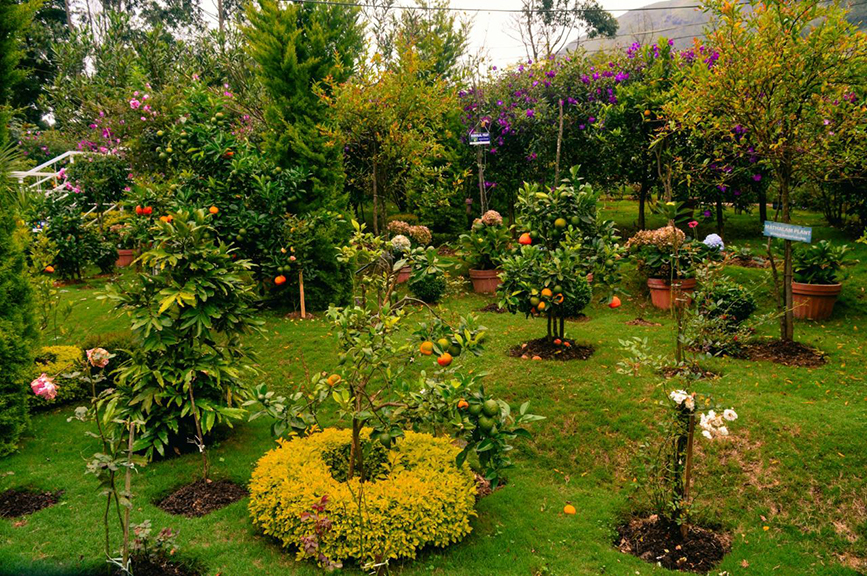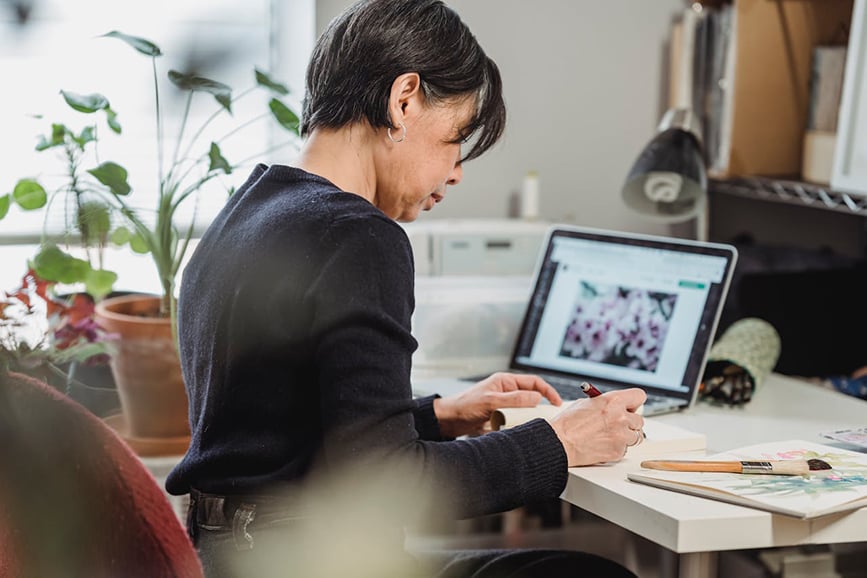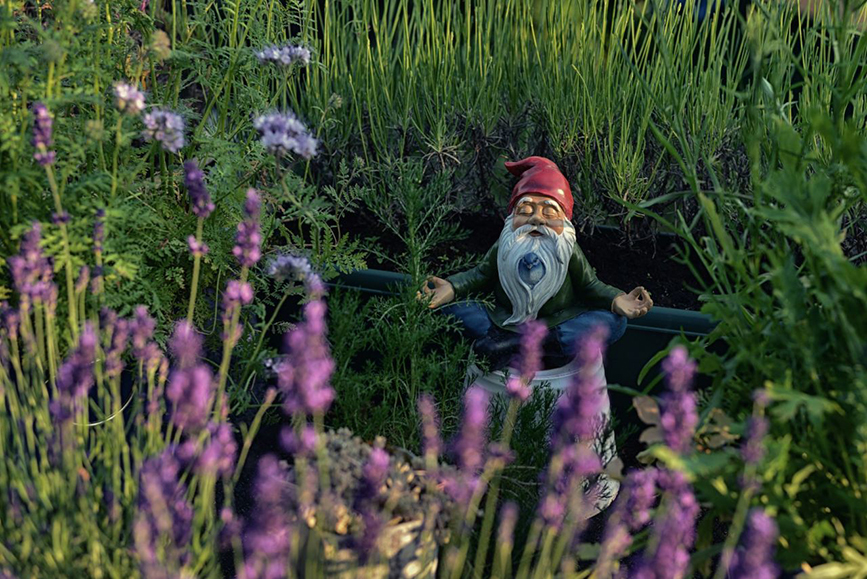 |
| Many yards start with good intentions but end up looking patchy, crowded, or just plain off. Often, the issue isn’t the plants—it’s how they’re used. From poor planning to simple oversights, small errors can lead to bigger problems over time. The good news? Most of these problems are easy to fix—or better yet, avoid altogether. This guide will walk you through the biggest landscaping mistakes and show you simple ways to keep your yard looking clean, healthy, and easy to care for. |
| 1. Ignoring Your Climate and Soil Type |
Planting without knowing your local weather or soil is one of the biggest landscaping mistakes. Some plants can’t handle cold snaps, dry spells, or poor drainage. They might look fine at first, but struggle later, costing you time and money.
Check your plant hardiness zone before buying anything. Use a soil test kit to learn what kind of soil you have. Choose plants that match both. Local garden centers can help with plants that grow well in your area. Plants that suit your yard need less work and grow stronger. |
| 2. Overcrowding Plants |
Packing too many plants into a small space might look full and lush at first, but it quickly creates problems. Plants compete for sunlight, water, and airflow. This can lead to slow growth, weak stems, and more pests or disease. Crowded plants also need more trimming and often don’t last as long.
Always check the spacing guide on the label before planting. Give each plant enough room to spread out over time. It’s better to start with fewer and let them grow naturally. If bare spots bother you early on, use mulch or small, low-care fillers to keep the area neat while the plants mature. |
 |
| Always give your plants enough room to grow over time. |
| 3. Ignoring Maintenance Needs |
Many plants and yard features need regular care to stay healthy and attractive. If you choose high-maintenance plants but don’t have the time or tools to care for them, your yard can quickly become overgrown and messy. Dead leaves, weeds, and overgrown shrubs take over when upkeep falls behind.
To avoid this, pick plants that fit your lifestyle and the time you can spend on maintenance. Slow-release fertilizers cut down how often you need to feed your plants. Creating a simple weekly routine for watering, pruning, and weeding helps keep your yard looking its best. Properly storing your power tools keeps them in good shape and makes every yard task quicker and easier. |
| 4. Poor Watering Habits |
Watering seems simple, but doing it wrong is a common cause of plant stress. Too much water drowns roots. Too little dries them out. Watering at the wrong time, like during the heat of the day, can also cause damage and waste.
The best time to water is early in the morning. This gives plants time to soak it in before the sun gets strong. Use a moisture meter or poke your finger into the soil to check if watering is needed. Group plants with similar water needs to avoid overdoing it. Smart watering keeps your plants healthier and your bill lower.
|
| 5. Skipping a Clear Plan: One of the Biggest Landscaping Mistakes |
Planting without a clear plan often leads to a messy or awkward yard. You might end up blocking paths, cramming corners, or placing tall plants where they hide everything else. It also makes future changes harder and more costly.
Before you plant anything, sketch a rough layout. Think about how you move through the space and where you want sun or shade. Leave room for walking, sitting, and seasonal changes. A simple plan helps your yard look better, work better, and grow the way you want it to.
|
 |
| One of the biggest landscaping mistakes is skipping a simple sketch before you plant. |
| 6. Choosing Style Over Function |
It’s easy to pick plants or features just because they look good. But some choices create more work or don’t fit your lifestyle. For example, fancy decorations can get in the way, and high-maintenance plants might demand more care than you have time for.
Focus on what your yard needs first. Choose paths that are wide and easy to use. Pick plants that match how much care you can give. When style and function work together, your space stays beautiful without extra hassle.
|
| 7. Using the Wrong Mulch or Too Much of It |
Mulch helps keep soil moist and controls weeds, but using the wrong type or too much can harm your plants. Some mulches hold too much water, causing roots to rot, while others break down too quickly and need constant replacing.
Apply mulch in a layer about two to three inches thick, but never pile it against plant stems or tree trunks. Too much mulch can smother roots and block air from reaching the soil. Choosing the right mulch and applying it correctly keeps your plants healthy and your yard looking neat.
|
| 8. Forgetting the Front Yard |
Many people focus on the backyard and neglect the front yard, but it’s the first thing visitors see. A neglected front space can make your whole home look less cared for, even if the backyard is perfect.
Simple touches like planting low-maintenance shrubs or colorful flowers near the entrance can make a big difference. Keep walkways clean and clear, and trim hedges regularly. A tidy front yard welcomes guests and boosts your home’s curb appeal without much extra work.
|
| 9. Not Thinking Long-Term |
It’s easy to pick plants based on how they look now, but many will grow much larger over time. Without planning, they can crowd each other, block views, or even damage sidewalks and pipes.
Before planting, check how tall and wide each plant will get. Avoid placing large trees too close to buildings or underground utilities. Leave space for growth and future changes. Thinking ahead helps your yard stay comfortable and safe for years to come.
|
| 10. Using Too Many Lawn Decorations |
It’s tempting to fill your yard with ornaments, statues, and garden gnomes. But too many decorations can make your space feel cluttered and chaotic. They may block sunlight or airflow, which plants need to stay healthy.
Instead, choose one or two standout pieces to create a focal point. Keep the rest of the yard open and simple. This approach lets your plants shine and makes your yard feel calm and inviting rather than crowded.
|
tr> |
| Garden gnomes can be cute, but remember not to overdo them. |
| Your Yard Doesn’t Need to Be Perfect, Just Planned |
| Everyone makes mistakes, but knowing the biggest landscaping mistakes helps you avoid the most common pitfalls. With a little planning and care, your yard can grow into a space you enjoy without extra stress or expense. Take your time, choose plants wisely, and give them room to thrive. Small changes now save you from bigger headaches later. Your yard doesn’t have to be perfect—just thoughtful and cared for. |
Photo of Man With Green Shirt By:Jared Muller
Photo of Citrus Garden By:Jithin Vijayamohanan
Photo of Women Drawing By:Greta Hoffman
Photo of Gnome In Garden By:Dorota Dylka
|